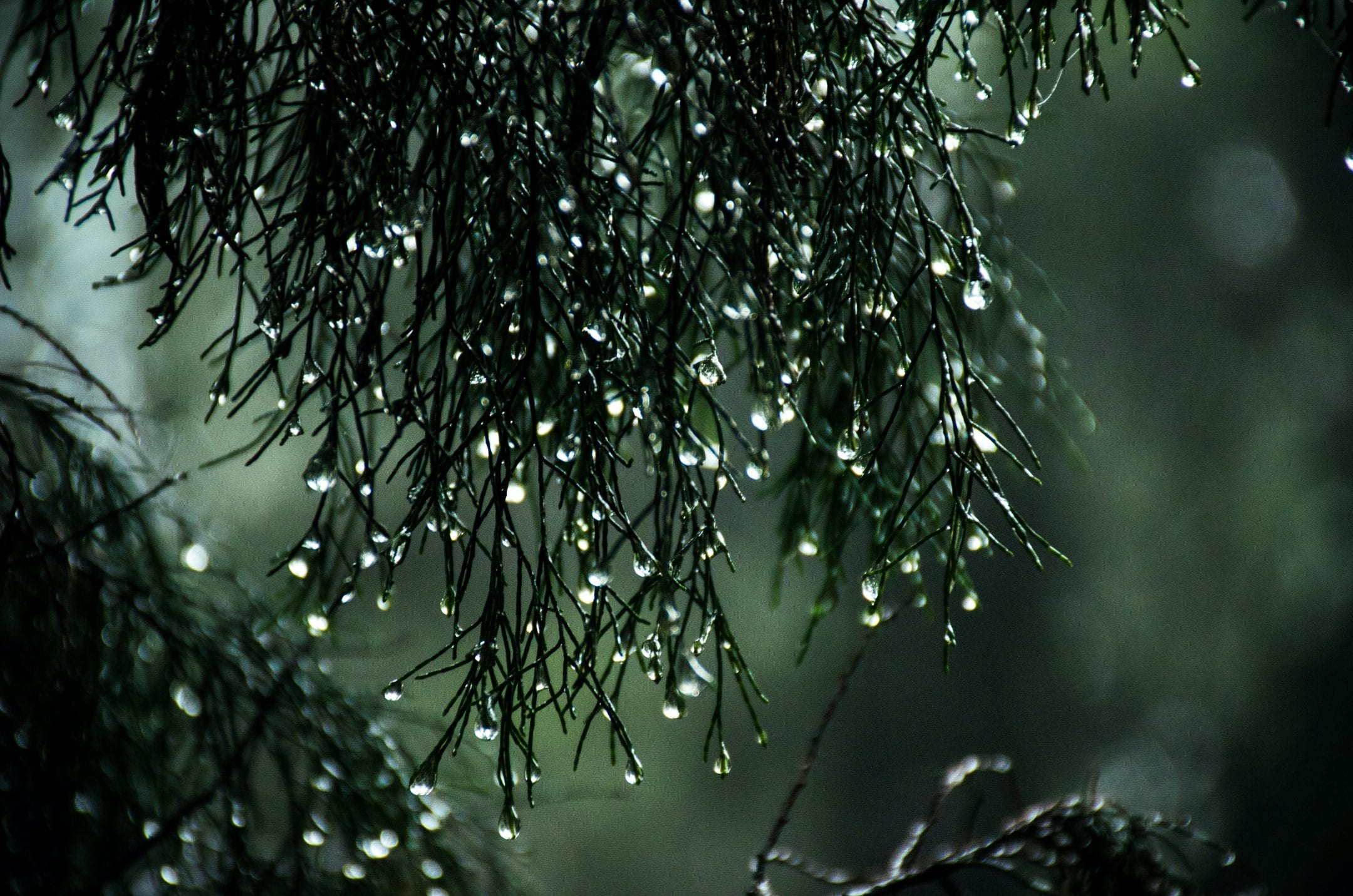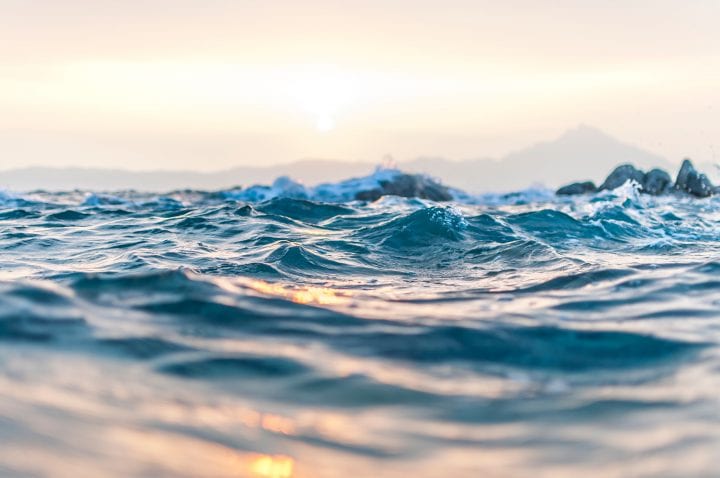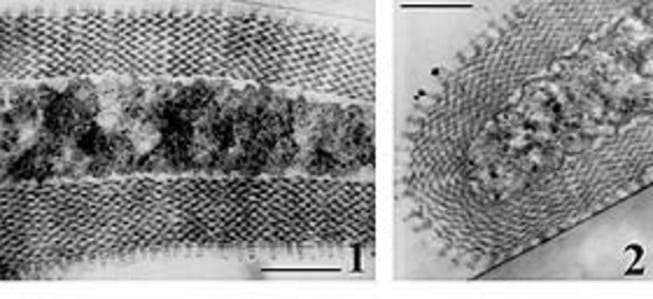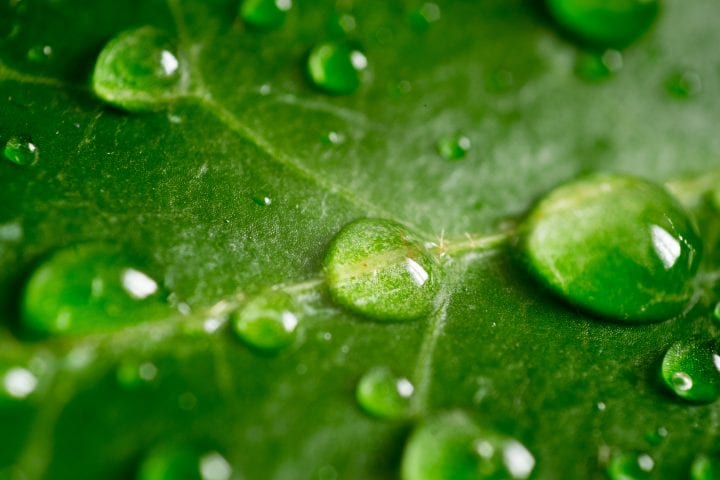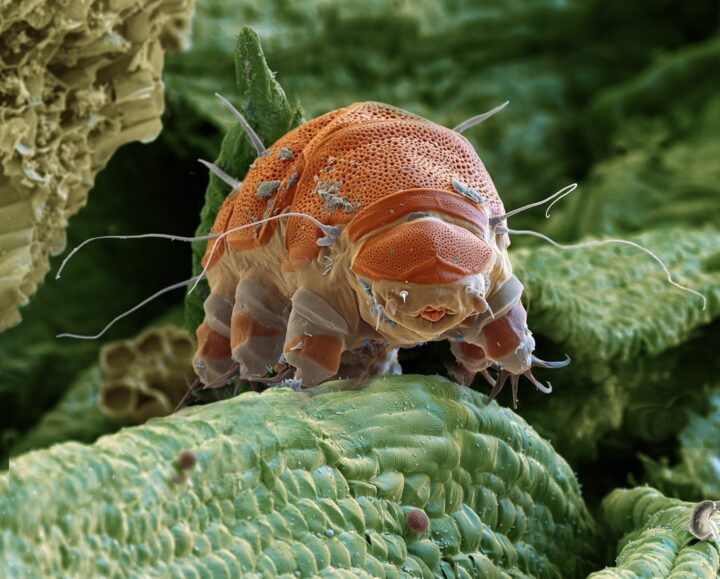Aquaporin molecules form a channel that allows water to move across cell membranes.
Introduction
Water is a basic ingredient of life. Our bodies are more than half water, and other organisms depend on it as well for everything from to maintaining their shape to eliminating waste.
Where water is in a living thing, is as important as whether water is available. Too much water inside a cell, and it will burst like a balloon. Too little, and it will dry out and die.
How does a cell keep the amount of water just right? The answer lies in hourglass-shaped molecules with a tunnel down the middle that are very, very picky about what they let through.
The Strategy
All living things are made up of cells. All cells have membranes that separate them from the rest of the world. And all membranes have channels that let molecules in and out. One type of channel, called aquaporins, selectively let water (and in some cases other) molecules move across the cell membrane. These channels are so important that they are found in organisms belonging to all kingdoms of life.
How do aquaporins separate water from other molecules? The answer lies in their shape and the way electrical charge is distributed across the s they’re made of.
Aquaporins are proteins, which are made up of long chains of smaller molecules called s. Different kinds of amino acids attract or repel each other, creating stretches of shapes such as sheets and within the molecule.
An aquaporin molecule contains six long stretches of helices that stick through a cell membrane like a peephole through a door. Together, they form a tiny tunnel about the size of a water molecule. The center of the aquaporin channel carries a positive charge, which repels other positively charged molecules and prevents them from passing through. Thus, only small, uncharged molecules such as water are able to pass through the channel. Increasing efficiency, aquaporin molecules tend to appear in groups of four arranged together, creating a fifth pore in the middle that also moves water across the membrane.
Some aquaporins also have an additional filter embedded in their structure that is made up of specific amino acids that can filter out or let in a selection of other molecules, such as glycerol, carbon dioxide, and ammonia. But many aquaporins are exclusive to water, creating an amazing mechanism for separating the “molecule of life” from everything else. Because water inherently travels from areas of high concentration to low concentration, the channels do not need to use energy to pump the water molecules across the membrane. Instead, passive transport allows the water molecules to flow in or out of the cell, energy-free.
Many aquaporins are exclusive to water, creating an amazing mechanism for separating the “molecule of life” from everything else.
The Potential
The ability of aquaporins to separate water from other molecules without requiring an active pump opens the door to an energy-efficient way to remove contaminants from wastewater or purify drinking water. The concept might also be applied to creating customized channels that selectively filter other types of small molecules. This would make it possible to increase the concentration of a desired substance or remove undesired contaminants from a product.
